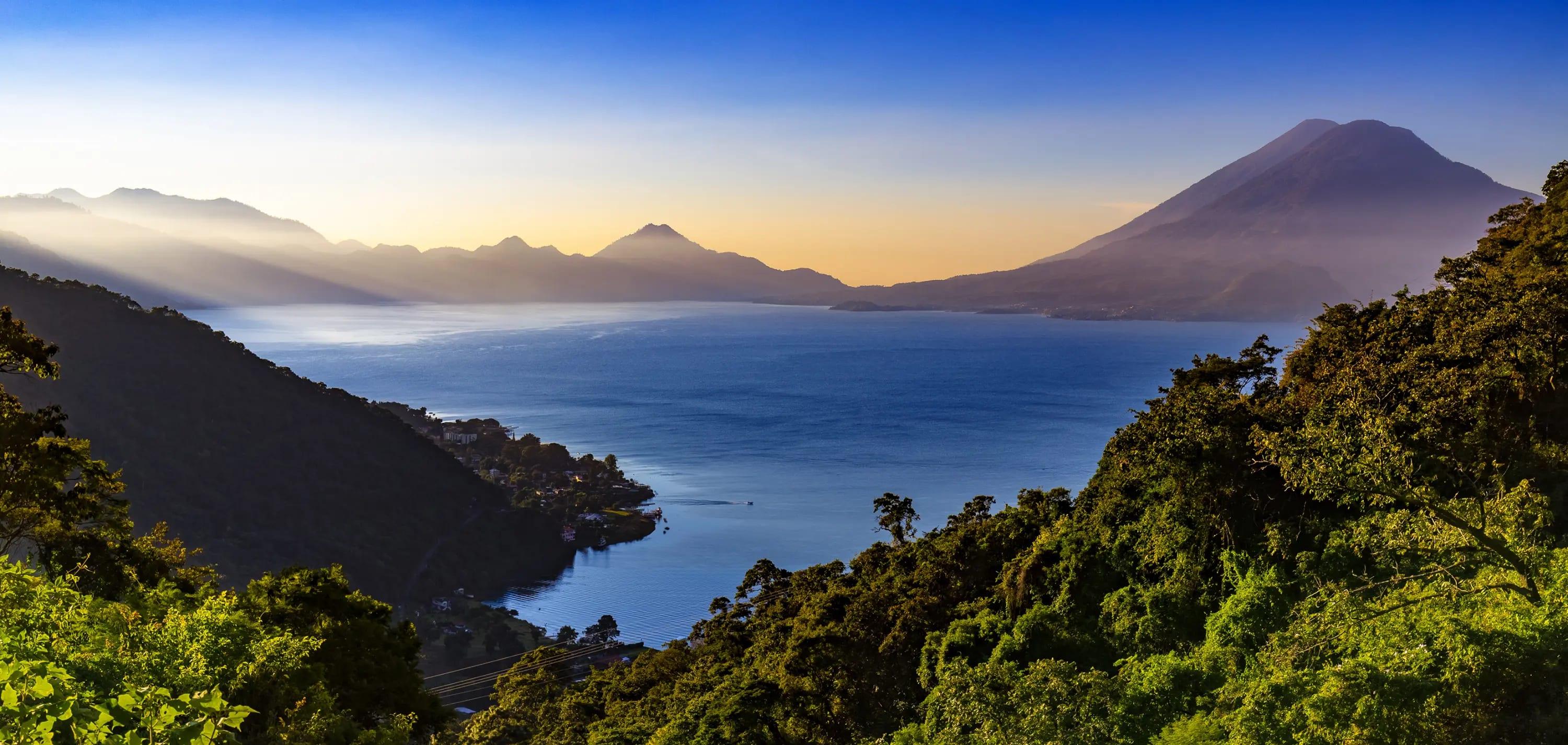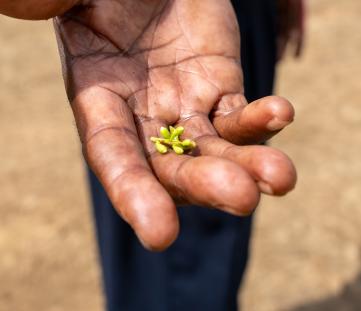ID: 8DG-D68
ID: 8DG-D68
Mamey sapote
Pouteria sapota
Photo
Guatemala
22:51 - 21°C
My connections
The project I am part of

Guatemala
6,177
Involved farmers
147,367
Planted trees
In the heart of Central America, Guatemala enchants with its volcanoes and Mayan heritage. Treedom promotes agroforestry by planting forest species and fruit trees like mango and cocoa. Indigenous women are involved in training and empowerment programs, creating more resilient and sustainable communities.
My ID card
Who am I?
Tree
Mamey sapote
Date of birth
10/08/2019
Name
Mamey sapote

/-89.725393812242,16.677529597557,0/500x333@2x?access_token=pk.eyJ1IjoidG9tbWFzb3NwZXJvbmkiLCJhIjoiY2tnOTE3eW12MDJqazMybXNzOWV1YjloOSJ9.wtGsuDU7XIKjcv2cq8CiXw&logo=false&attribution=false)
Where am I located?
Country
Guatemala
Place of birth
Santa Ana
Coordinates
16° 40′ 39.11″ N | 89° 43′ 31.42″ W
My Timeline
The important moments in your tree's life.
Seed
It all starts with a tiny seed, nice and warm in the soil.
Nursery
Your seedling is big enough to be welcomed into one of our nurseries, along with many others.
Planted
We’re here! Your tree has reached its new home: it’s been planted by a smallholder, who’ll take care of it for years to come.
Photo
Strike a pose! Now that it’s big enough, here’s a photo of your tree!
My Gallery
Nursery

Planted
/-89.725393812242,16.677529597557,0/500x333@2x?access_token=pk.eyJ1IjoidG9tbWFzb3NwZXJvbmkiLCJhIjoiY2tnOTE3eW12MDJqazMybXNzOWV1YjloOSJ9.wtGsuDU7XIKjcv2cq8CiXw&logo=false&attribution=false)
89° 43′ 31.42″ W
Photo

Curiosity about me
The important moments in your tree's life.
Let's start with introductions
Pouteria sapota is an evergreen tree that reaches a height of 20 to 25, rarely up to 40 meters and a trunk diameter of up to 1 meter. The crown of the tree is made up of branches that extend horizontally. The large characteristic brown berried fruits grow there. The mamey sapote is widespread in Central and South America and is grown precisely for these fruits. Project participants can generate income by selling the fruits.
Meaning
Stiffened
For a fruit tree, the great sapote is very resistant. The tree grows at altitudes of up to about 1500 meters and also in difficult and deep soils.

How much CO2 I’ll absorb
My estimated CO2 absorption capacity is based on the first 10 years of my life*
Current absorption
- 300 kg
2019
0 kg
2029
-500 kg
* The tree will continue to absorb CO2 even after the tenth year. Therefore this is a prudent estimate.
How I am useful to local communities

Medicine
Its leaves, roots, bark and/or fruits are used in traditional medicine.

Consumption and sales
Its fruits, seeds and/or leaves are used as food in the farmers' families or are sold on local markets.

Cosmetics
Raw materials are extracted from its flowers, fruits and/or leaves to produce creams or powders.
My benefits
90%
Food Security
The trees will bear fruits, some that will be edible immediately and others that can become edible through processing, ensuring food resources over time.
60%
Economic development
The trees' fruits and the products derived from their transformation can be traded in local networks, offering income opportunities.
70%
CO₂ Absorption
During its life cycle, each tree will absorb CO₂. The trees you plant can offset your emissions.
30%
Environmental protection
The trees are planted in agroforestry systems that favor the virtuous interaction between the different species and their positive impact on the environment and on the land.